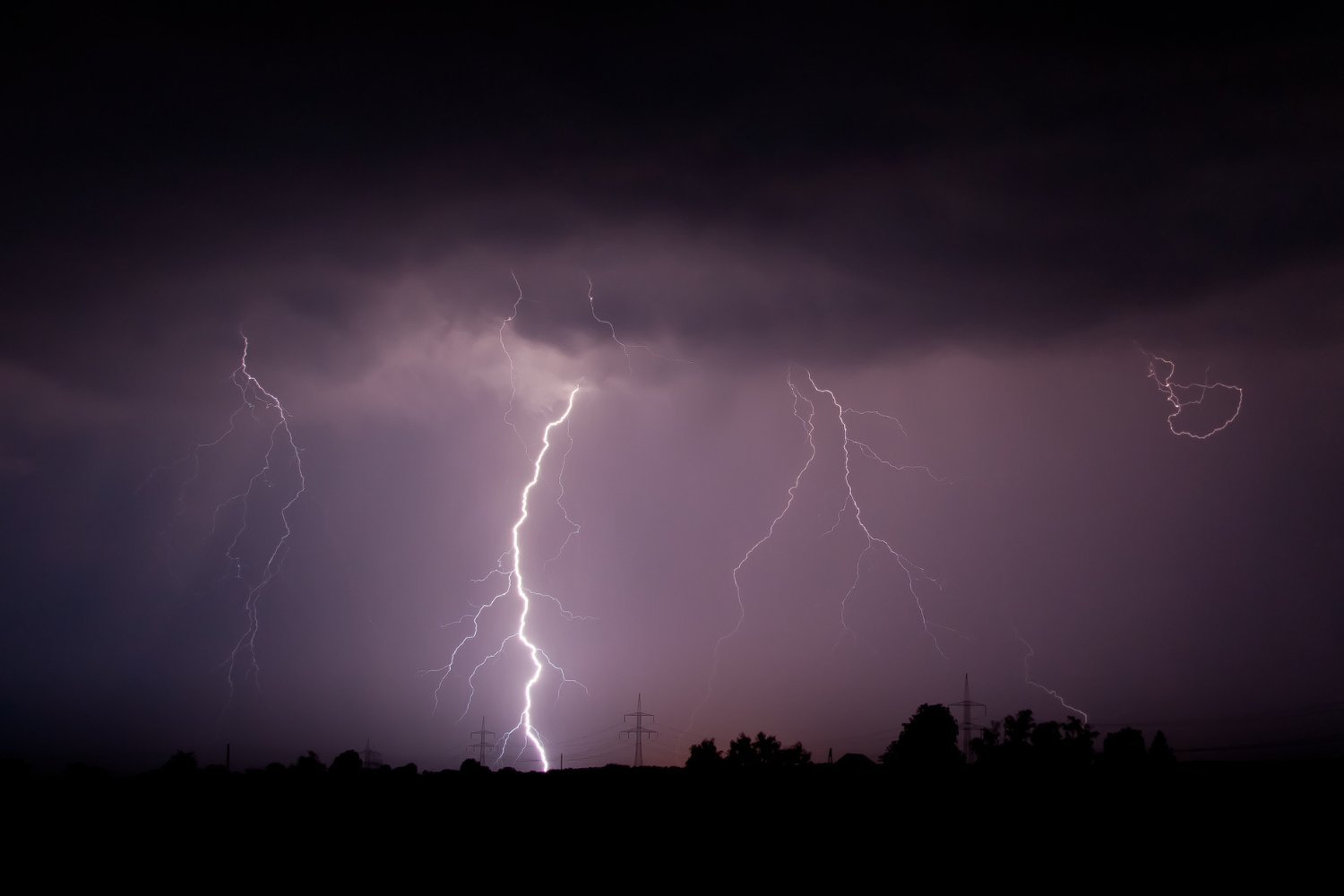Outdated lightning safety advice is making the rounds again, prompting experts to speak up about what actually keeps you safe in a storm.
If you get caught outdoors during a lightning storm, safety experts once recommended adopting a crouched position to lessen your chances of being struck by lightning. It turns out, however, that the position doesn’t make you any safer.
“If you’re caught outside during a thunderstorm, the best plan of action is to move as fast as you can to a safer place,” John Jensenius, a lightning safety specialist with the NLSC, said in a statement released by Loehr Lightning Protection Co. “The sooner you get to a safe place, the lower your risk. Crouching only prolongs the risk of being struck,” explained Jensenius.
The crouch isn’t just outdated—it was debunked almost 20 years ago. But despite the fact that the NLSC and the National Weather Service stopped recommending the crouch in 2008, institutions such as the American Hiking Society and the city of Bellmead in Texas continue to include it in their lightning safety guidelines.



The idea of the crouch is not really to be shorter than surrounding structures (maybe that is a minor aspect), but rather to reduce the step voltage (the voltage between your two feet). If you have only one point where you touch the ground, as you do when your feet are very close together, the risk of deadly currents passing through your body is minimised. This will of course not help you when the lightning strikes you directly, but that is not the most common case anyway. People usually die from the large current passing by their heart when they stand next to a lightning strike, and there is a distribution of electric potential across the ground. This is not a myth and not debunked. It’s just a matter of priorities. If there is safety nearby, you should obviously seek it out. If not, however, then to crouch is the best thing you can do.
I plan to bound my way to a safer place, like a two-legged gazelle, so that no more than one foot contacts the ground at any time.